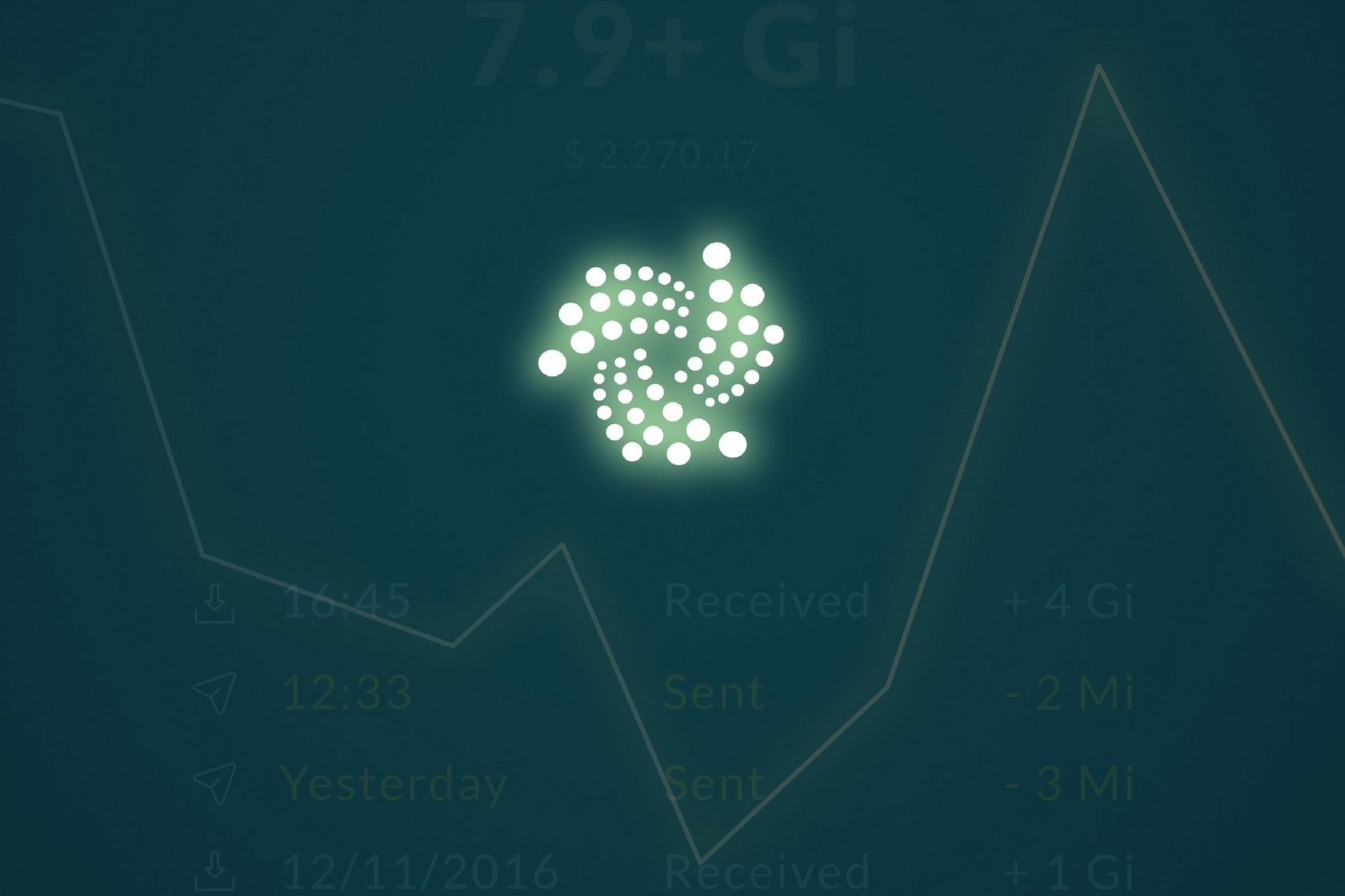Just over a week after announcing the security audit of the Trinity mobile wallet, IOTA announced that they are working on a desktop alpha version. The desktop effort was led by a community member, iota.dance.
The alpha version testing of the desktop wallet is expected to begin in the first half of April and the team is hoping to meet this deadline. They have also stressed their intentions to be more transparent concerning development from here on out.
Along with this announcement, they released a registration form for applicants to test the desktop wallet. 100 desktop testers were chosen for this alpha testing and, as shared in a recent Reddit post by Trinity Core Developer Charlie Varley, that number seems to have increased.

The response from the very involved IOTA Reddit community has been universally positive. Those who have had a chance to test the Trinity wallet note several new features and a more intuitive experience.
Both the mobile and desktop versions are being tested using the React framework. The development team has approached development such that a lot of the code is shared between the two. This lets them cover the testing of certain features for the desktop version during the mobile wallet testing.
Trinity Desktop Follows Mobile
The IOTA project has been chipping away towards the release of the wallet, despite—as they themselves admit—delays in the development. In the later half of March, they initiated an audit of the mobile version of the Trinity wallet in preparation of the public beta release. The team announced on their blog that the mobile wallet would soon be available to users once the audit is complete, which is expected to take 6-7 weeks.
Work on the user-friendly wallet has been going on for months—and for a great period of that time, the IOTA community aided the development team in building the wallet.
This communal approach is always a bit of a double-edge sword: on the one hand, IOTA’s community has provably come together for the betterment of the project but on the other hand, crowdsourced efforts often lead to a delay in the delivery of a final product. Nonetheless, credit must be given to the community who played a pivotal part in the wallet’s creation.
After a few months of development, the IOTA Foundation was confident enough to begin taking the next steps for the wallet, keeping in mind that extra caution had to be observed because of an increasing number of non-technical users jumping on the platform.
The stated timeframe for the audit puts the release of the wallet in May. Even if hitches were to occur, the wallet should be expected to be released before the end of Q2 2018. The alpha test involved 250 users on both Android and iOS.
Following the audit, the public beta version of the wallet will be available to all users through app stores.
Trinity Wallet Features
The Trinity wallet features several new services and functions, priming it to be one of the most feature-rich wallets available. Apart from expected features as seed storage and generation, the wallet will also support multiple seeds.
Statefulness, which records all of your transactions and keeps count of your balance, is an extremely practical feature from an accounting perspective, and it also speeds up loading time.
“Standard” and “expert” modes are also available. Knowledgeable users can make use of the latter to have more information to work with. The standard mode is likely an effort by IOTA to design an intuitive and simple experience for new users.
A snapshot transition feature has been confirmed. For those who don’t know, snapshots occur in IOTA when the Tangle is so large and requires “starting over”, in a sense. The previous transaction history is thrown away and the ledger is reset. This continues until it grows and the snapshot is required yet again.
The problem is, with the earlier wallet, the process of manually attaching your wallet to the Tangle wasn’t user-friendly. It has been greatly simplified here and the developer has verified that if you keep your seed in the Trinity wallet, snapshot transitions will be automatic.
It’s also exciting to hear that fiat conversion will be possible for several different currencies and that tokens can automatically be converted into fiat on a send transaction.
Other nifty features include the ability to print a paper wallet, price graphs, multi-language support, and QR scanning addresses. The latter two in particular are important for popularization.
An important note is that addresses will not be able to be reused. The trouble with this is that it makes any sort of “contacts” feature challenging. Varley has confirmed that workarounds for this are being deliberated and is on the longer term roadmap.
All of these features are expected to be available in the beta release of the wallet.
Conclusion
The development of the Trinity wallet has been a constant point of discussion within the IOTA community. The older wallet has had issues and drawn concern from users, with tokens never reaching the wallet in some cases.
Efforts to revolutionize the Internet of Things and usher in a new generation of distributed ledger technologies is no small task. Projects such as IOTA are effectively dealing with two rapidly developing technologies and their respective challenges. While such secondary tasks as creating a better wallet may pale in significance to the magnitude of everything else IOTA is setting out to achieve, its value is nonetheless critical.
All said, IOTA has kicked off 2018 on a pretty positive note. Adoption—the main key to success for any project—requires a well-rounded platform in which all components play a specific and necessary role. This includes ensuring your users have an intuitive and secure wallet. It seems IOTA is on the very brink of supplying just that to their community, which should in turn allow a big increase in adoption of the IOTA platform in the future.
Related: The Top 50 Cryptocurrencies

